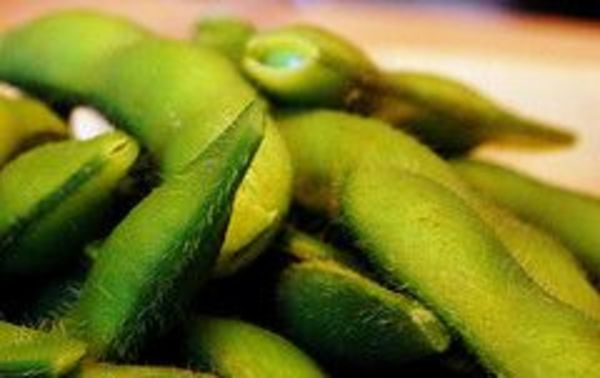10 Nutrient-Rich Foods that Fight Disease

We love plants because they fight for us, literally.
The term phytonutrients (also called phytochemicals) refers to nutrients derived from plant material that can support the human body. Originally, plants produced phytos for themselves as a protective measure against things like disease, injuries, insects, drought, excessive heat, ultraviolet rays, and environmental pollutants – thus forming the plant’s immune system. And then our sprouted friends were kind enough to share the love, as we too can reap the benefits. It seems phytos are able to protect the body and fight diseases like cancer, boosting immunity, helping our heart health and acting as antioxidants.
What plant food should we eat? The answer is, all of them! Eat a variety of fruits and vegetables. Each class of phytos affects cellular well-being in different ways and there’s so much still to learn about them that you’re best bet is to mix them up. While some phytos may bind to carcinogens to keep them at bay, another may draw carcinogens out of a cell, and still another may grab onto free radicals before they are allowed to roam free in the body (yes antioxidants!), and still others stimulate the body’s own enzymes to break up potential cancer-causing chemicals.
Our top-five best-known phytos are carotenoids, flavonoids, anthocyanins, isoflavones and polyphenols, but hundreds, if not thousands exist, with varied effects. Highly colored vegetables and fruits tend to be your best bet, like the lycopene in tomatoes and pink grapefruit, the anthocyanins in berries, the isoflavones in legumes, carotenoids in carrots and flavonoids in chocolate.
And now our top ten phyto-dense foods:
Soy

Soy contains genestein which has been shown to have anti-cancer properties, as well as phytoestrogen, which has been shown to reduce the risk and spread of prostate cancer and isoflavones that do the same for breast cancer.

Tomatoes get their vibrant color from lycopene, a carotenoid that may reduce or suppress the growth of some cancers while also strengthening eyesight, boosting immunity to disease and protecting against the effects of aging.

Broccoli is loaded with phytonutrients that work as antioxidants – thwarting those free radicals from infiltrating our DNA and cell membranes and also triggering the production of enzymes that can detoxify and clean free radical residues, toxins and other carcinogens.

Garlic is an especially rich source of a group of phytonutrients known as organosulfur compounds that have anti-inflammatory properties, display antioxidant activities and may help cholesterol levels. Also, the phytonutrients in garlic have antibacterial and antifungal properties.
Flax seeds

Flax is the best source of the phytonutrient lignans which can balance female hormones, promote fertility, lessen peri-menopausal symptoms, and prevent the onset of breast cancer. Lignans in the diet also help prevent Type 2 diabetes.
Citrus fruits

The phytos in citrus fruit which include alkaloids, flavonoids, phenols and tannins have antioxidant, anticancer and anti-inflammatory properties. Consider chewing on some of that peel!

Melons
While each variety has a different phyto-profile, they’re all good for you! Watermelon has a high lycopene content that fights skin aging. Honeydew is rich in lutein and zeaxanthin, carotenoid phytonutrients integral to protecting vision and optimizing cardio-vascular health.
Blueberries

Blueberries are full of anthocyanins, a phytonutrient that gives the blue to this berry, and ellagic acid. The phytos in this fruit combine to reduce inflammation, protect against cancer, and recent studies show good effects in eyes, arteries, and brains.

Sweet potatoes contain carotenes that help improve communication between cells, as well as undertaking many of the same functions as other antioxidants.

The capsaicin in chilli peppers is responsible for their heat, and can boost metabolism, stimulate the release of endorphins, interfere with the growth of cancer cells and prevent blood clotting. Chilis are also high in vitamin-C, another well-known antioxidant.
We thought you should know how hard your fruits and veggies are working for you, so that maybe you’ll work a little harder to load up on a variety each and every day. Eat the rainbow!
image: Quinn Anya

